Rising Muslim Population
The Islamic Clothing Market is experiencing growth driven by the increasing Muslim population worldwide. As of 2025, it is estimated that Muslims constitute approximately 25% of the global population, a figure that is projected to rise. This demographic shift is likely to enhance demand for Islamic clothing, as more individuals seek attire that aligns with their cultural and religious values. The growing population not only increases the consumer base but also diversifies the market, leading to a wider variety of clothing options. Retailers are responding to this trend by expanding their product lines to cater to different styles and preferences within the Muslim community. This expansion is indicative of a broader recognition of the importance of cultural representation in fashion, which is essential for the sustainability of the Islamic Clothing Market.
Increased Awareness of Modesty
The Islamic Clothing Market is significantly influenced by the rising awareness of modesty among consumers. In recent years, there has been a notable shift towards modest fashion, which emphasizes clothing that is both stylish and adheres to modesty principles. This trend is not limited to Muslim consumers; it has attracted interest from non-Muslim individuals who appreciate the aesthetic and ethical aspects of modest fashion. As a result, brands are increasingly incorporating modest designs into their collections, thereby expanding their market reach. The modest fashion segment is projected to grow at a compound annual growth rate of around 10%, indicating a robust demand for Islamic clothing. This growing awareness of modesty is reshaping the fashion landscape, making it a pivotal driver for the Islamic Clothing Market.
Sustainability and Ethical Fashion
The Islamic Clothing Market is increasingly influenced by the growing demand for sustainability and ethical fashion. Consumers are becoming more conscious of the environmental and social impacts of their purchasing decisions, leading to a preference for brands that prioritize sustainable practices. This shift is prompting manufacturers to adopt eco-friendly materials and ethical production methods, aligning with the values of many Muslim consumers who seek to make responsible choices. As of 2025, the market for sustainable Islamic clothing is projected to grow, reflecting a broader trend towards ethical consumption. Brands that successfully integrate sustainability into their offerings are likely to gain a competitive edge in the Islamic Clothing Market, appealing to a conscientious consumer base that values both style and responsibility.
Cultural and Fashion Collaborations
The Islamic Clothing Market is witnessing a surge in cultural and fashion collaborations that are redefining traditional clothing. Designers are increasingly collaborating with Muslim influencers and fashion icons to create collections that resonate with contemporary consumers. These partnerships not only enhance brand visibility but also foster a sense of community and cultural pride. The blending of traditional Islamic designs with modern aesthetics is appealing to a younger audience, who seek fashionable yet modest clothing options. This trend is indicative of a broader movement towards inclusivity in fashion, where diverse cultural expressions are celebrated. As collaborations continue to flourish, they are likely to drive innovation and creativity within the Islamic Clothing Market, attracting a wider consumer base and encouraging new entrants into the market.
Technological Advancements in Retail
The Islamic Clothing Market is benefiting from technological advancements that are transforming retail experiences. E-commerce platforms have become essential for reaching a broader audience, allowing consumers to access a diverse range of Islamic clothing from the comfort of their homes. As of 2025, online sales in the Islamic clothing sector are expected to account for a significant portion of total sales, driven by the convenience and variety offered by digital platforms. Additionally, social media marketing plays a crucial role in promoting brands and engaging with consumers, particularly younger demographics. The integration of augmented reality and virtual fitting rooms is also enhancing the online shopping experience, making it easier for consumers to find the right fit and style. These technological innovations are likely to propel the Islamic Clothing Market forward, creating new opportunities for growth and consumer engagement.


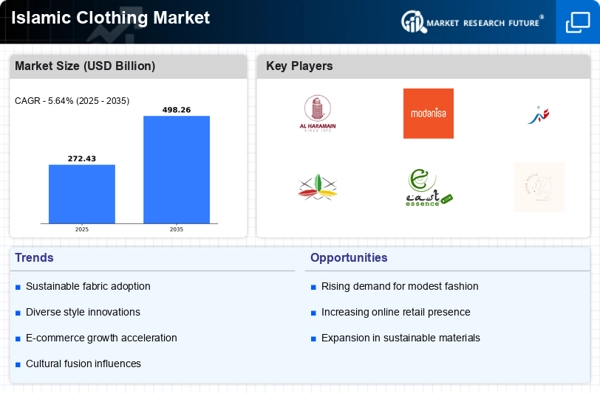
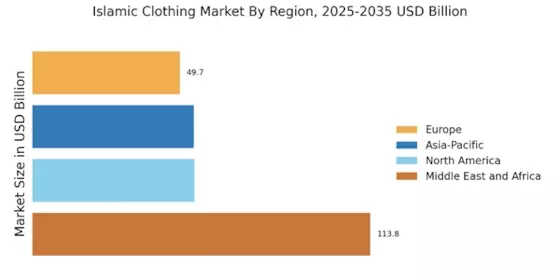
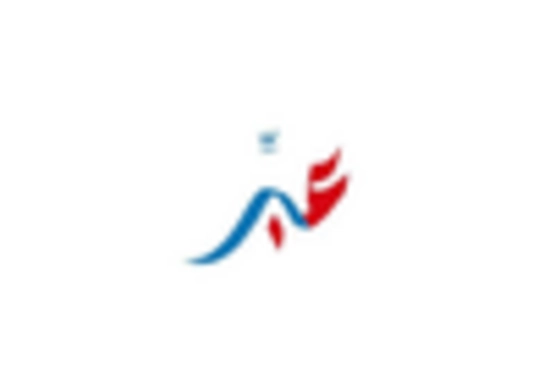
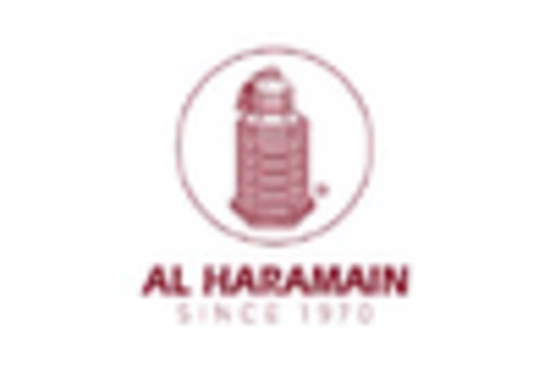
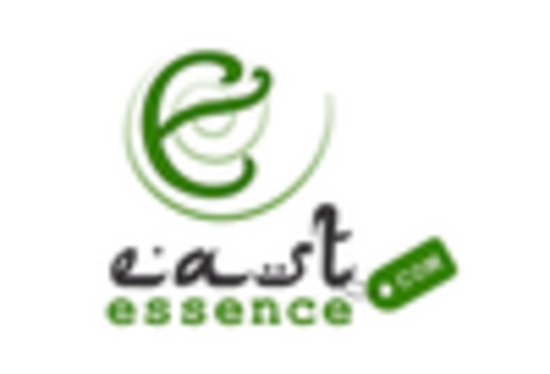
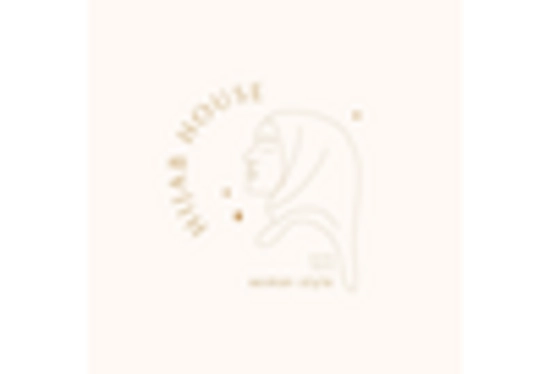
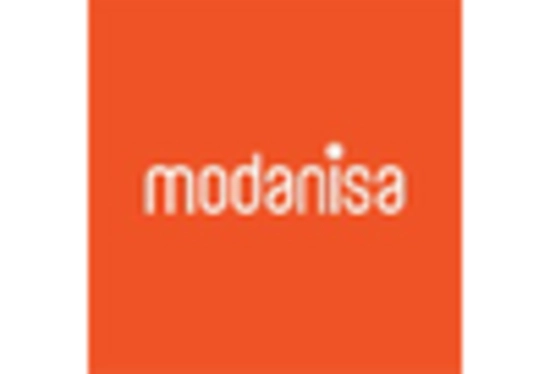
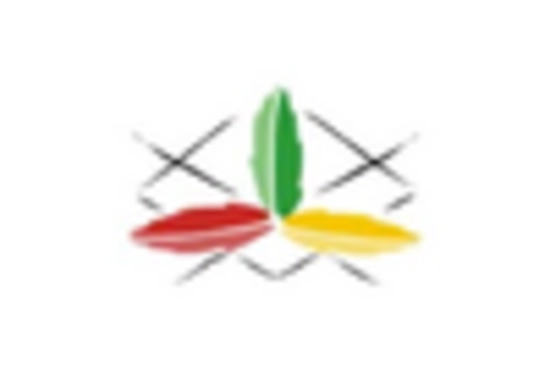








Leave a Comment